The crown jewel of mathematical conjectures - the Riemann Hypothesis - may be on the verge of being solved, with Grok 3 emerging as a potential key player in this historic breakthrough. IBC Group founder Mario Nawfal's recent announcement has sparked intense discussion about the possibility of AI cracking one of mathematics' most enduring mysteries.
The Double-Edged Breakthrough
According to Nawfal, two crucial factors make this potential breakthrough possible:
Brute-force computation: Grok 3's ability to leverage vast computational power combined with verification systems enables it to explore all possible solutions systematically.
Human-AI collaboration: The synergy between AI and top mathematicians could lead to breakthroughs worthy of the Fields Medal, Turing Award, or even the Nobel Prize.
Based on Elon Musk's predictions, we might see this century-old problem solved within two years, thanks to rapid AI advancement. While this might seem ambitious, recent developments lend credibility to this timeline.
The Journey So Far
The story of Grok 3 and the Riemann Hypothesis began with some controversy. In November 2023, xAI engineer Hieu Pham claimed that Grok 3 had proven the hypothesis, leading to a temporary halt in model training for verification. This turned out to be a joke, but it highlighted the growing capabilities of AI in mathematical reasoning.
The latest version of Grok 3, trained on 200,000 GPUs, has demonstrated remarkable capabilities, scoring 52 points on the AIME 2024 mathematical benchmark. Even more impressively, the mini version performs nearly on par with Claude 3.5.
Karpathy's Assessment
AI expert Andrej Karpathy, who received early access to Grok 3, noted a significant difference in how it approaches the Riemann Hypothesis compared to other models like Claude, o1-pro, and Gemini 2.0 Flash Thinking. While other models merely acknowledge it as an unsolved problem, Grok 3 actively attempts to tackle it, showing remarkable courage in approaching this mathematical monument.
The Riemann Hypothesis Explained
For those unfamiliar with the subject, the Riemann Hypothesis deals with the distribution of prime numbers and their relationship with the Riemann zeta function. It's one of the seven Millennium Prize Problems, carrying a $1 million reward for its solution. The hypothesis has implications beyond pure mathematics, influencing fields like cryptography and internet security.
The AI Advantage
Fields Medal winner Terence Tao has predicted that by 2026, AI will become a trusted co-author in mathematical research by combining search capabilities with symbolic mathematics tools. This prediction aligns with the current trajectory of AI development in mathematical reasoning.
Current Standing
Grok 3 currently leads the Chatbot Arena rankings, marking the first time a model has ranked first across all categories. These rankings are based on blind human evaluations, lending credibility to its capabilities.
Social Impact
The success of Grok 3 has already begun to influence user behavior, with many reporting a shift from ChatGPT to Grok. One user humorously noted that his wife was jealous of how much time he spent talking to Grok 3 - a testament to its engaging capabilities.
Future Implications
The potential solving of the Riemann Hypothesis through AI assistance would represent more than just a mathematical breakthrough - it would demonstrate the power of human-AI collaboration in tackling some of humanity's most challenging intellectual puzzles. This could pave the way for similar approaches to other unsolved problems in mathematics and science.
The convergence of massive computational power with human mathematical insight might finally unlock the secret that has eluded mathematicians for over 160 years. Whether or not Grok 3 proves to be the key, it's clear that AI is becoming an increasingly powerful tool in mathematical research.
#AIResearch #Mathematics #RiemannHypothesis #Grok3 #ArtificialIntelligence #MathematicalBreakthrough


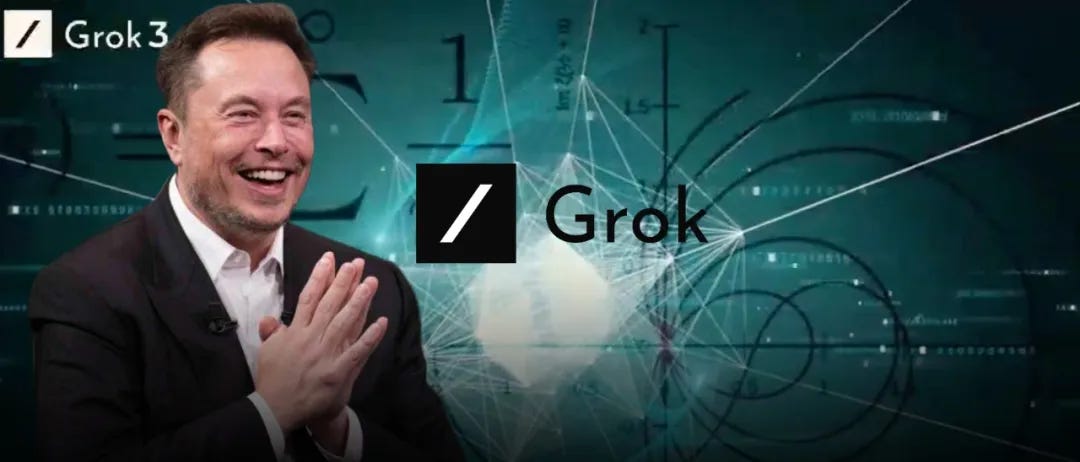
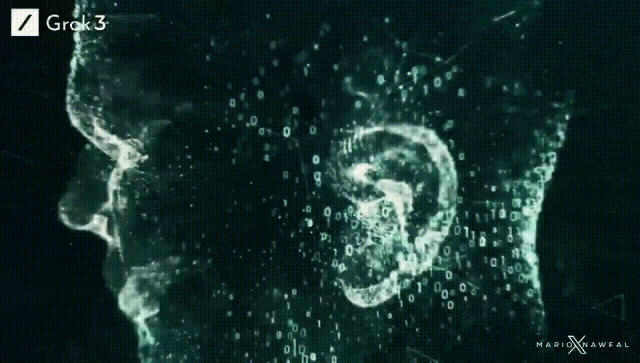
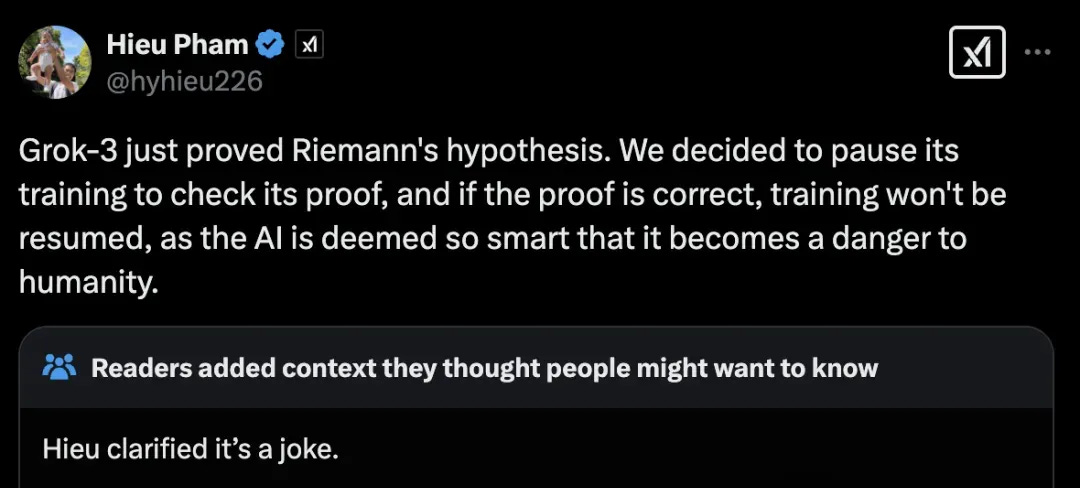
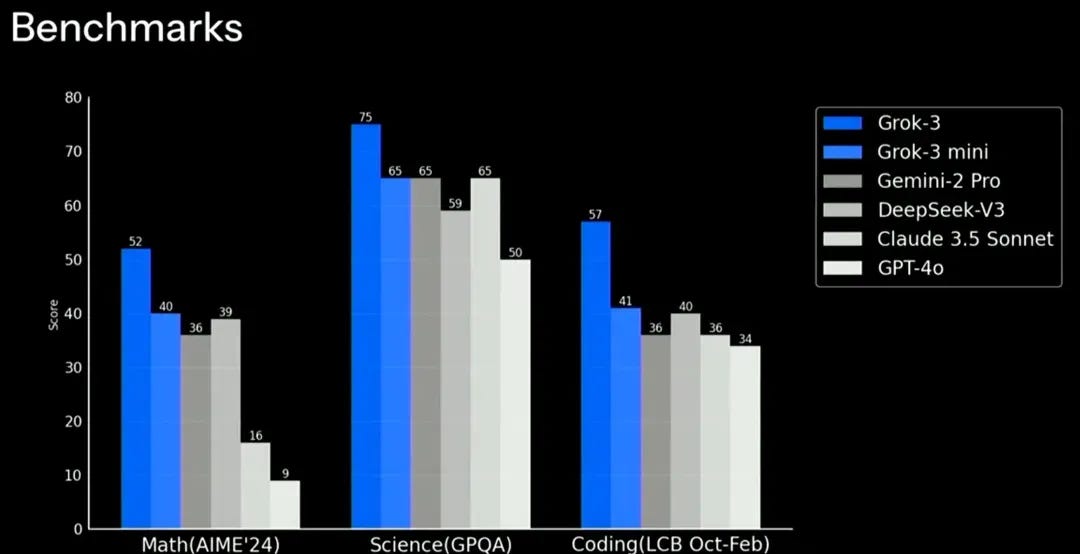

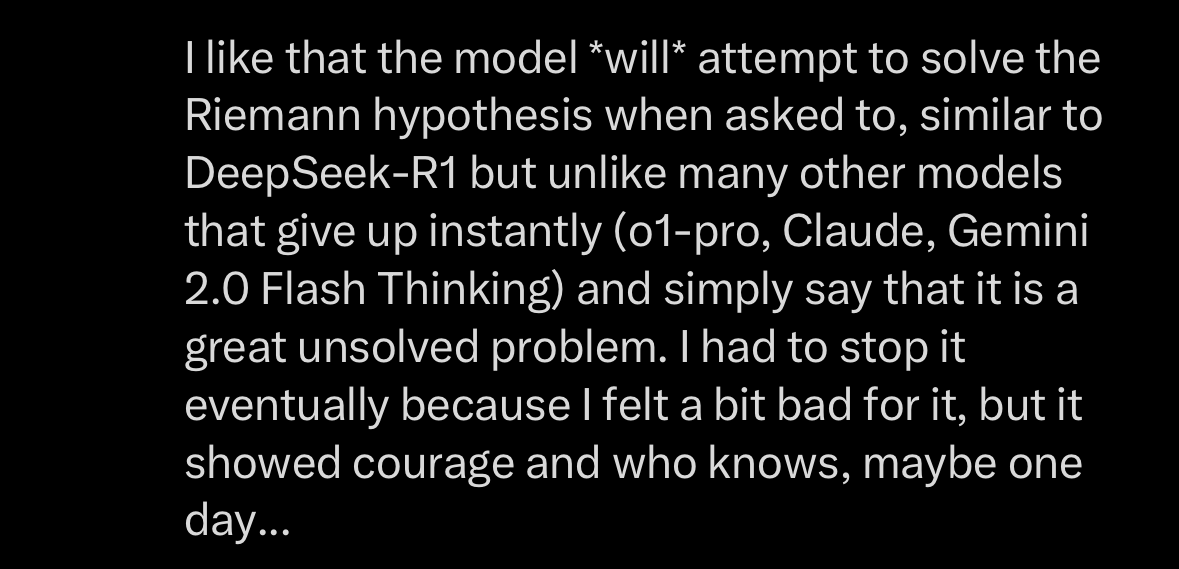
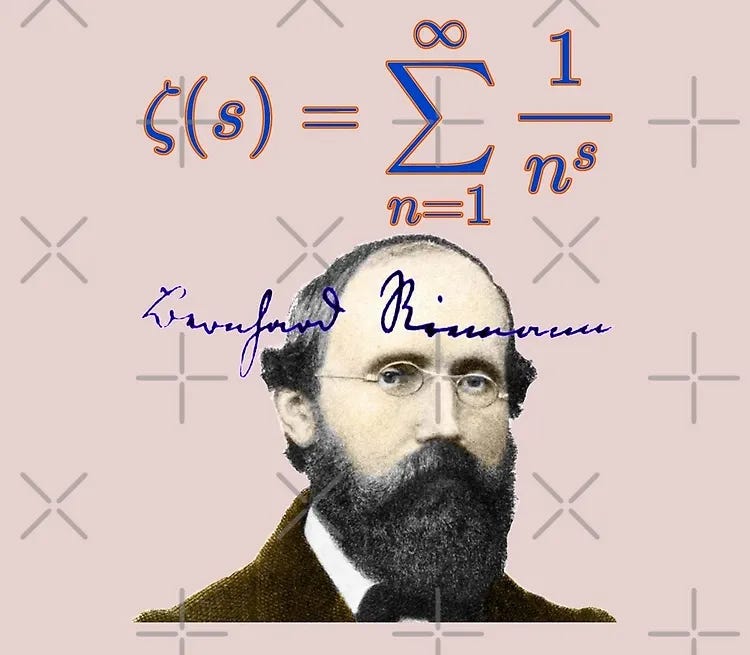
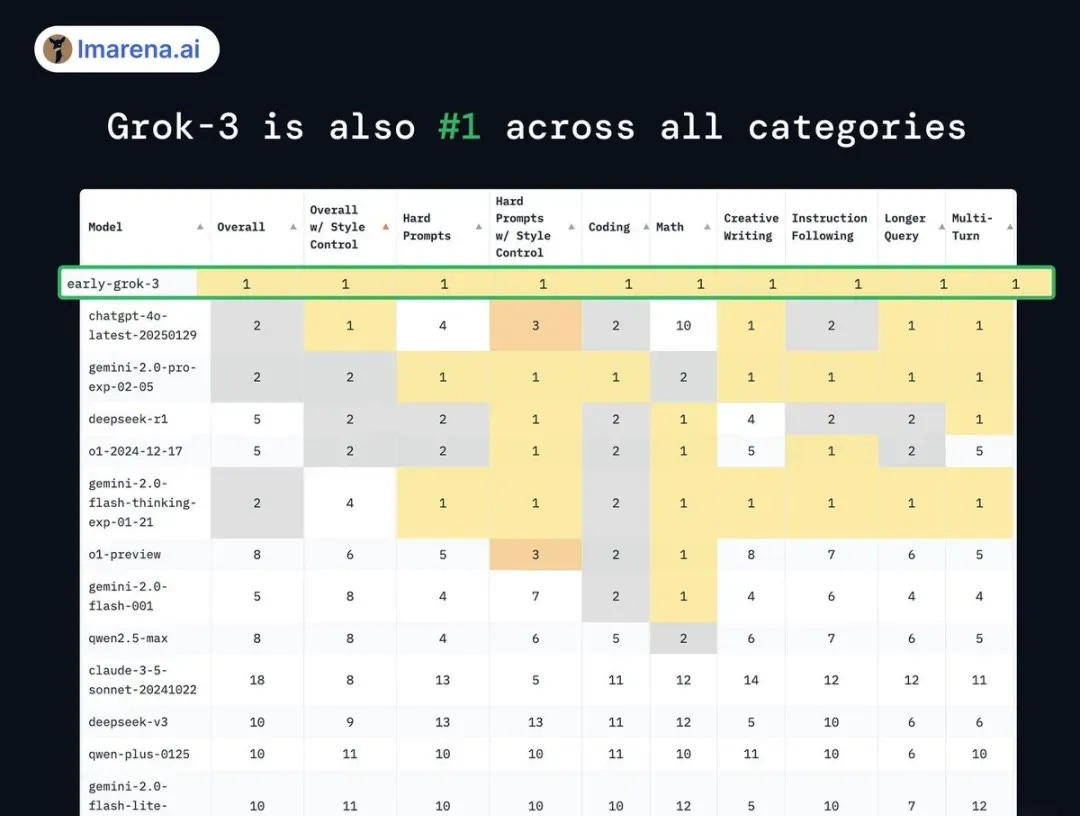
This is a great article.
Could you please ask Grok in a prompt how many s takes the word rapsberry.
Serious question.
Only DeepSeek is MERISE reliable: real IT, algo.
I truly hope that this post is just an exception to the usually great posts on this substack (mathematician here).